Himachal Pradesh, nestled in the lap of the magnificent Himalayas, boasts a rich cultural heritage that reflects the diverse traditions and customs of its people. The state is renowned for its vibrant cultural activities, which showcase the artistic talent and creativity of its inhabitants. Festivals like Dussehra, Diwali, and International Himalayan Festival are eagerly awaited by locals and tourists alike. These celebrations feature mesmerizing folk dances such as Nati, Kayang, and Jhanjar along with soul-stirring music played on traditional instruments like the Karnal and Ranasingha. Art forms like wall paintings, needlework, pottery-making, and wood carving are also integral parts of Himachali culture. Additionally, theater plays an important role in preserving folklore and mythology through performances known as “Natak”. Such cultural activities not only provide entertainment but also serve as a means to pass down traditions from one generation to another while fostering a sense of unity among different communities in Himachal Pradesh.
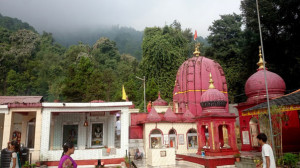
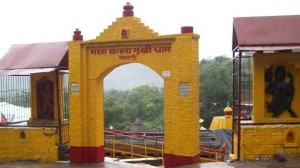
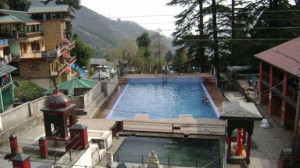
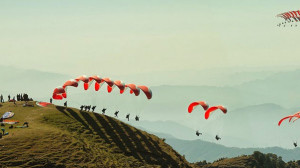
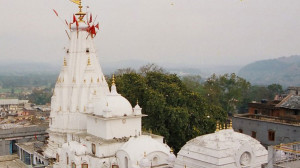
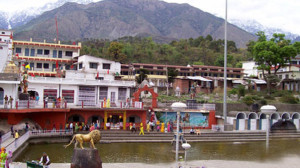
If you want to reveal out its excellent traditions, art work, custom and attractive places so be the part of Alpinestar Holidays and explore the marvelous Himachal Pradesh. HP has a rich tradition of painting. Museums and art galleries preserve the famous miniature paintings of the region, traditional ritual paintings can be seen in most village houses, on the floors and walls. Women draw magic diagrammatic designs called yantras on the thresholds on ceremonial occasions. Himachal Pradesh is extraordinarily colorful and charged with vitality and emotion.
Incredible Himachal :-
.. History
.. Cuisine
.. Religion
.. Arts & Crafts
.. Dances and Music
.. Adventure Activities
The History of Himachal Traditional Art work and handicraft :-
Several of miniature painting collectively called Pahari, flourish between the 17th and 19th centuries in the sub-Himalayan states. The hilly region, then divided into 22 significant states, was ruled by Rajput kings or tribal chief who were all great authority of art, with the major division of them preserving ateliers. The central points of their lives were war, hunting, family, and the zenana. Also partial to love themes, especially the legends of Radha and Krishna, the Rajputs liked them portray in miniature paintings.
The Pahari Paintings of Mid-17th Century :-
Basholi Style PaintingThe early Pahari paintings of the mid-17th century were in the Basholi style (called so because of its connection with the king of Basholi).
Painters from the Mughal Court :-
The coming of painters from the Mughal court in the second quarter of the 18th century (due to the decline of the Mughal Empire) led to a complete transformation of the existing Basholi style. Late Pahari style first appeared in Guler, and then in Kangra. Raja Goverdhan Singh (1744-1773) of Guler gave shelter to many artists. Research shows that while the Kangra style became well-entrenched in the Hills, many offshoots emerged in regions like Kullu, Nurpur, Chamba and Mandi. The Bhuri Singh Museum in Chamba is best-known for its exquisite collection of Pahari miniatures.
Cuisine :-
There is no specific cuisine of Himachal Pradesh. The influence of a long and close association with Punjab and large-scale movement of Tibetans can be on the cuisine of the state. Some of the unique Himachali recipes include Nasasta, a sweetmeat of the Kangra region; Indra, dish made of Urad dal; Baadi / Ghaunda, and Bada/Poldu of the Shimla region. The popular dishes of the state are Pateer, Chouck, Bhagjery and chutney of Til. Non-vegetarian food is quite popular and preferred in Himachal Pradesh.
About Religion of Himachal Pradesh :-
About 90% of the population of Himachal Pradesh is Hindus. There main communities are Brahmins, Rajputs, Kannets, Rathis and Kolis. The family population of the state comprise of the Gaddis, Kinnars, Gujjars, Pangawals and Lahaulis.
Arts & Crafts :-
Thapada is a large embroidered shawl, which is a specialty of the handiwork of Himachal Pradesh. Other items of craft include the Kohana, a kind of a wall hanging, pillow covers, blouses and caps decorated with fine embroidery. The embroidered caps of the Kulu, Sirmair, Kinnaur and Lahaul regions are also very famous. The shawls from Kulu, woolen rugs and carpets from Lahaul, represent the traditional Pahadi designs. Beautiful patchwork quilts, rag dolls and elephants are also made in the area and comprise a necessary parts of bride’s trousseau. Dyeing and printing of fabrics has been a traditional craft in the area. The Farahada and the Chhiba people do this work traditionally. Weaving of wool is a major cottage industry in itself. The highlanders of Lahaul-Spiti and Kinnaur weave dresses from it for special occasions such as festivals and weddings.
Traditional Dance & Music :-
The dance and music of the state is mainly religion-oriented where gods are invoked during the festivals by singing and dancing. This practice has continued since ancient times. The major dance of the state are the Rakshasa (demoon) dance, the Kayang Dance, the Bakayang dance, the Bnayangchu dance, the Jataru Kayang dance, Chohara dance, Shand and Shabu dances, Lang-dar-ma dance, Nati dance, Jhanjhar dance, Jhoor dance, Gi dance and Rasa dance.
Fairs & Festivals :-
The endless succession of festivals and fairs forms an important part of the cultural life of Himachal. Fairs and festivals are an essential part of the Indian mode of life. The colorful state of Himachal Pradesh has many fairs and festivals to rejoice throughout the year. There are few places where religious ceremonies are as ingenious or as recurrent as in this state. Each year sees a cycle of ceremony and festivals with melas (fairs) full of entertaining and kick up your heels. So it’s almost like a yearlong party for the people up there. The main festivals are Holi, Dussehra and Diwali, brought into the crinkle by the migrant Rajputs from the plains, but there are also hundreds of local celebrations. Shimla has the tradition of celebrating Christmas since the days of the British Rule. To take part in the festivities, people come from far off places.

